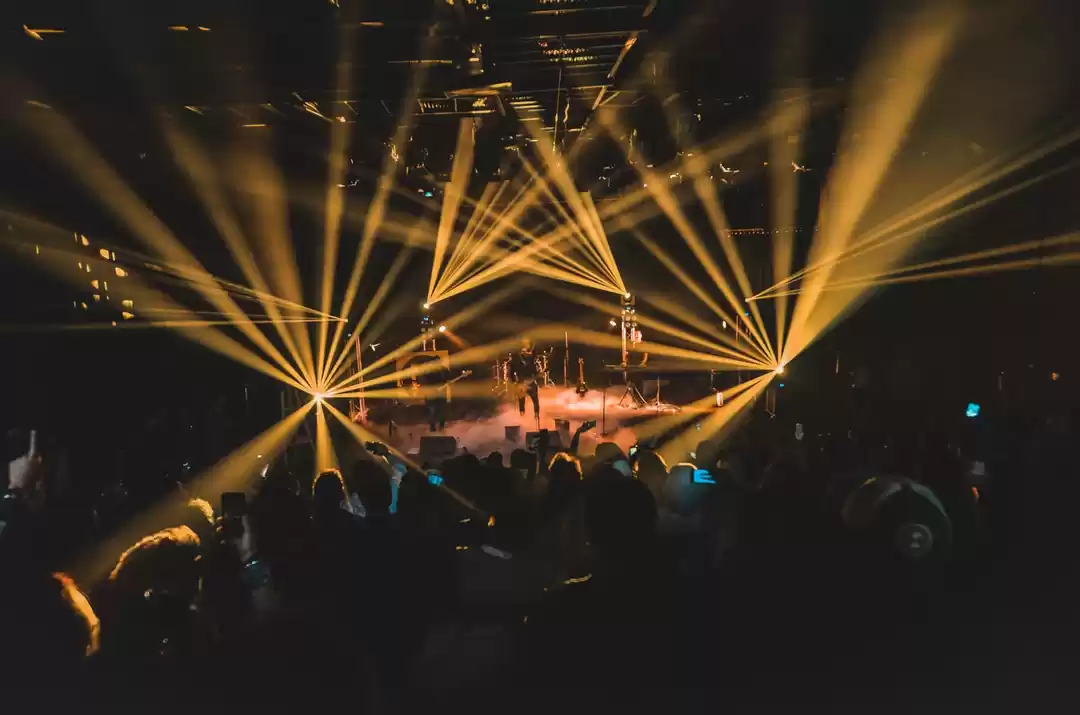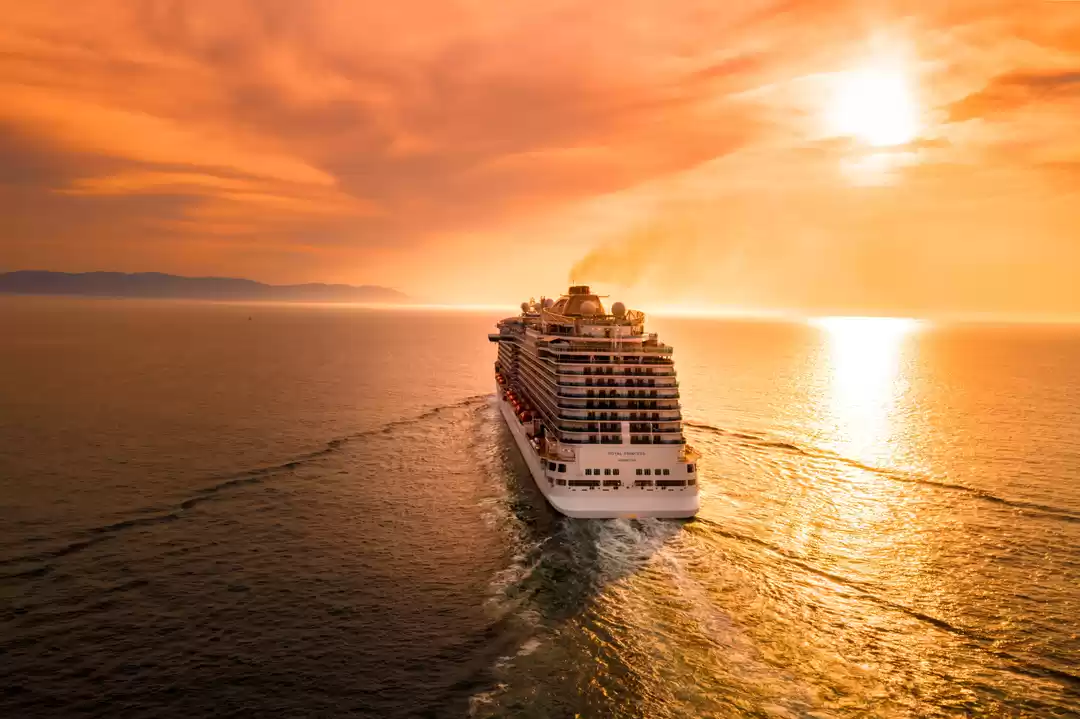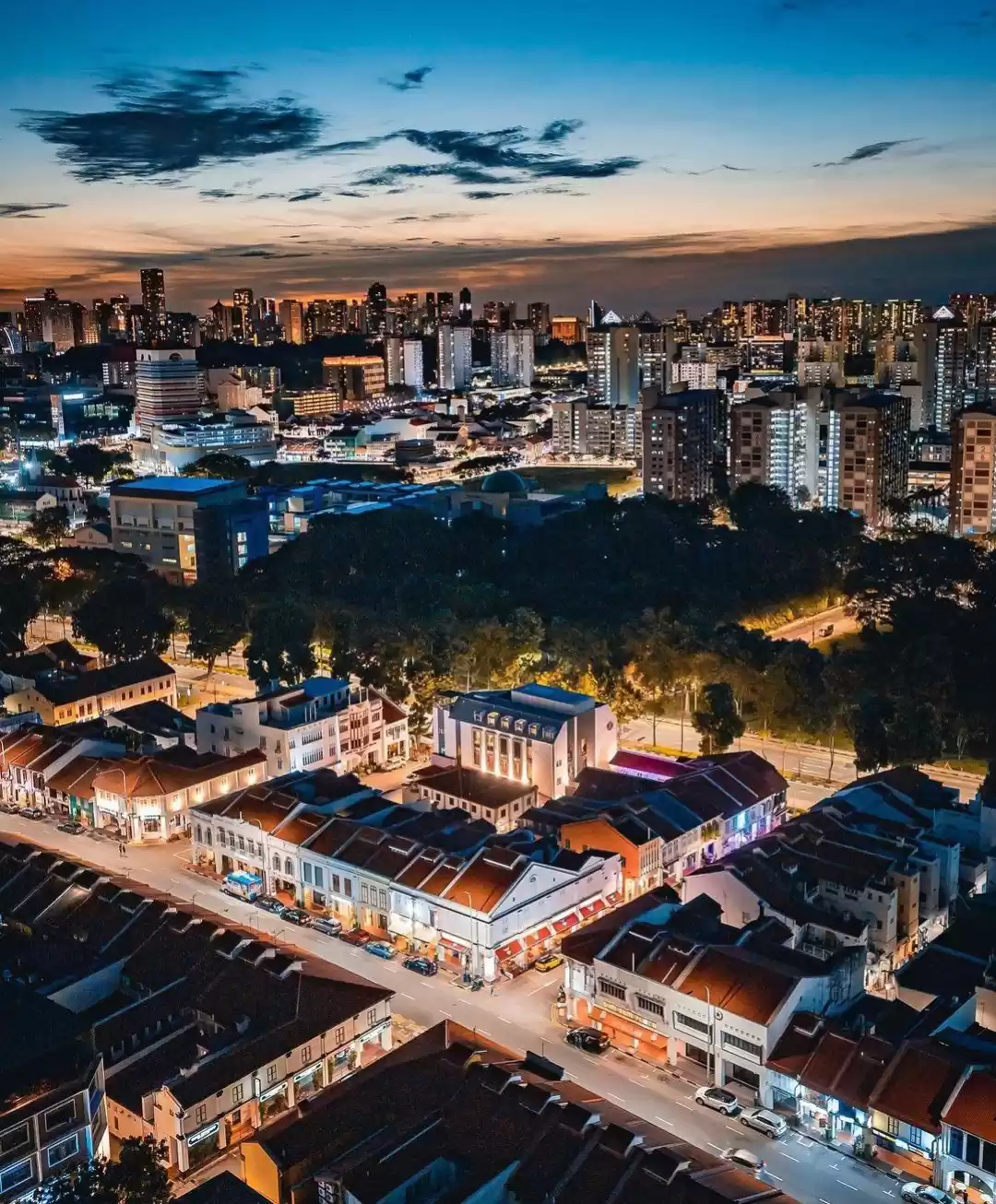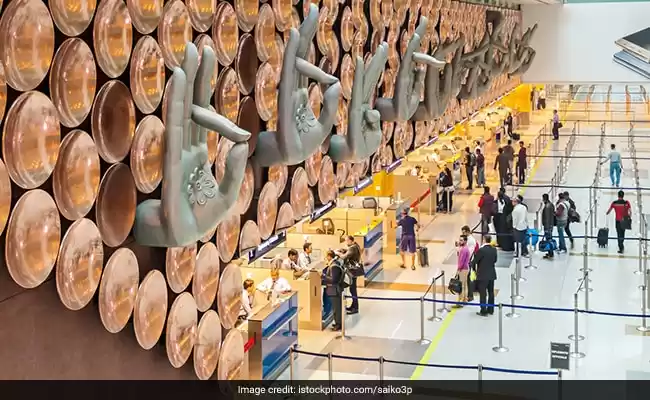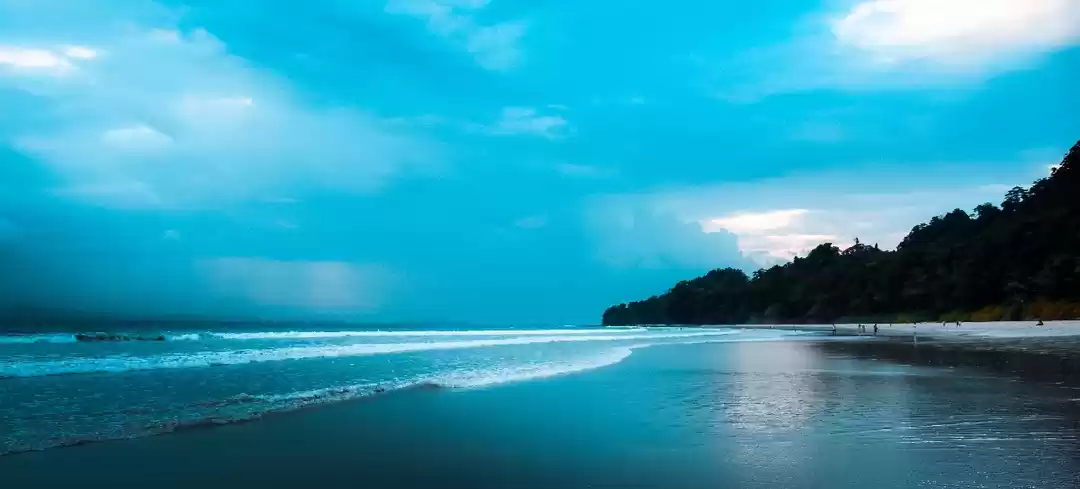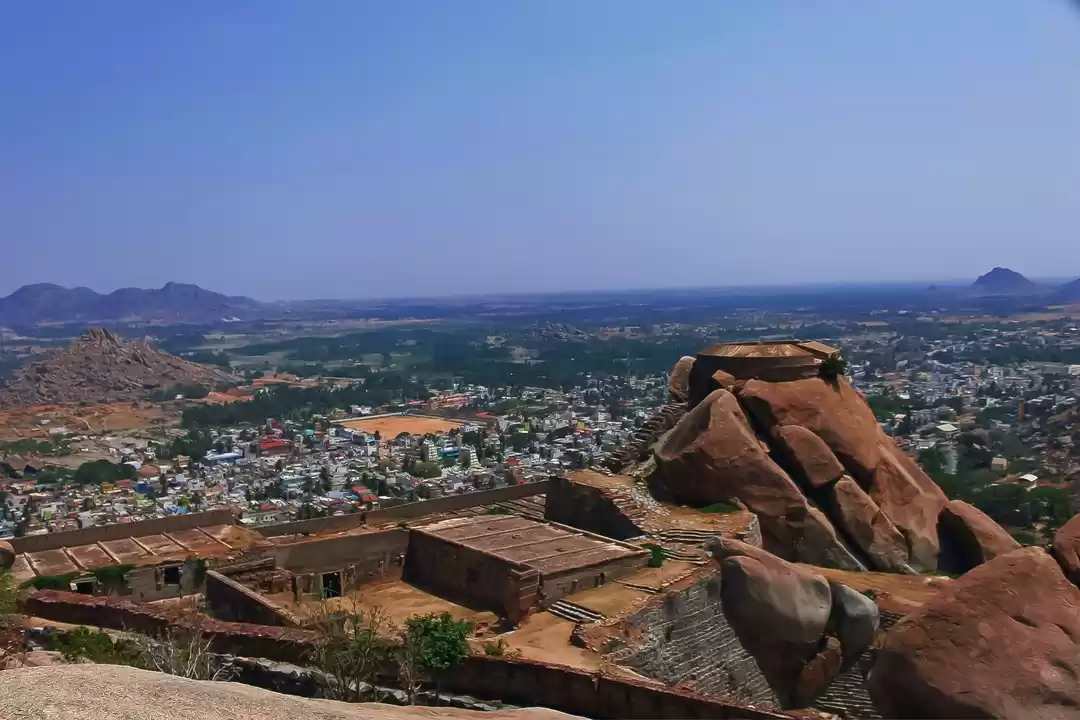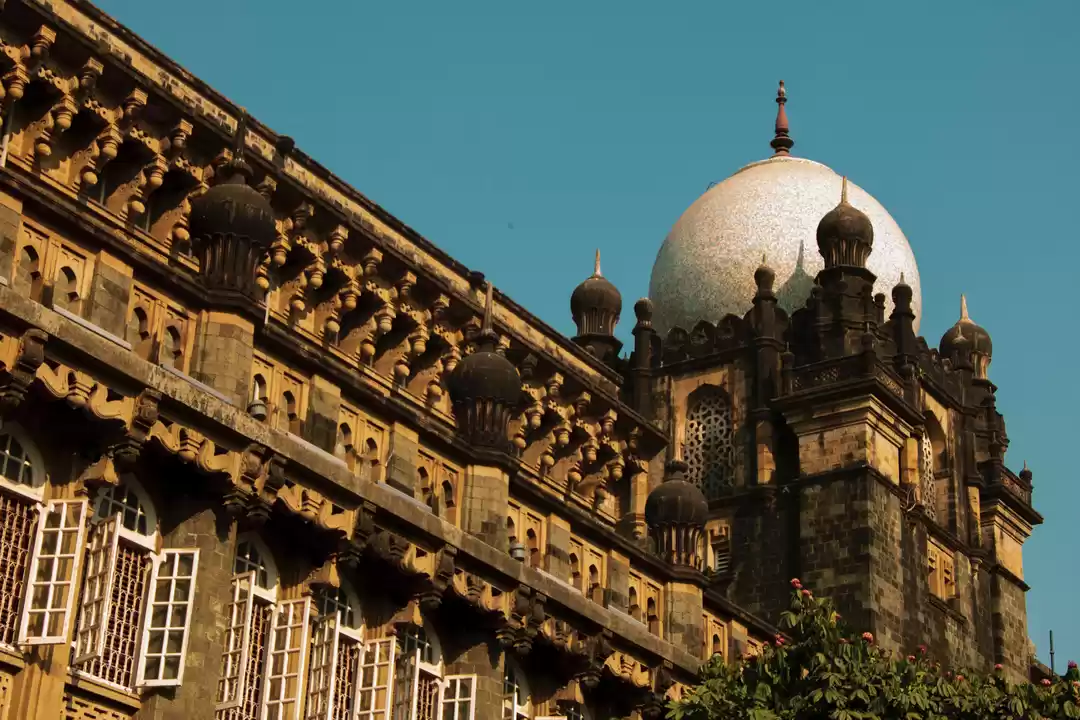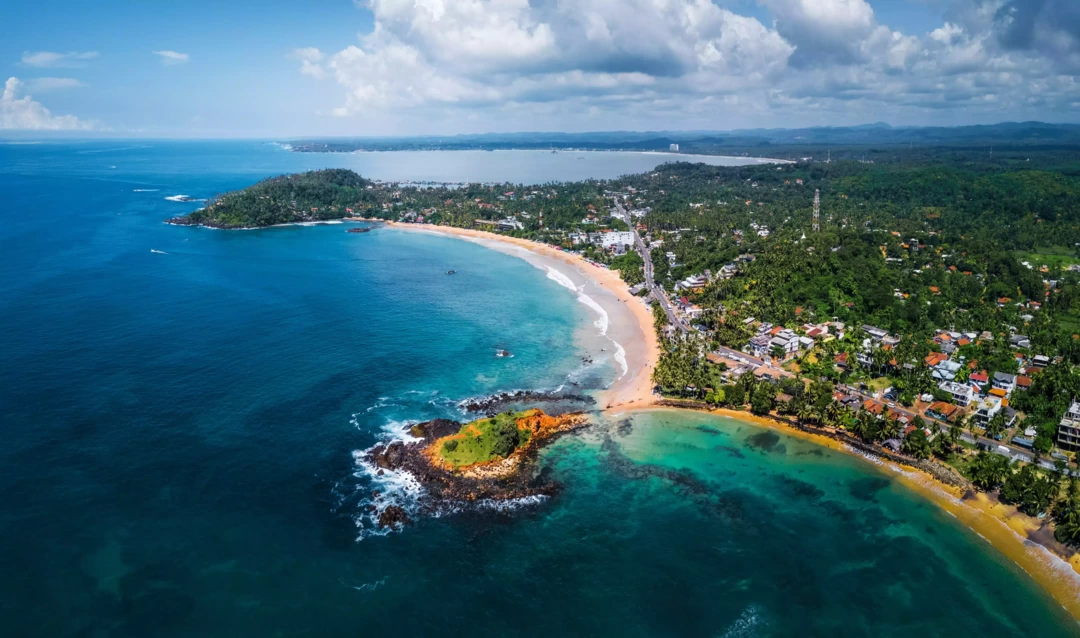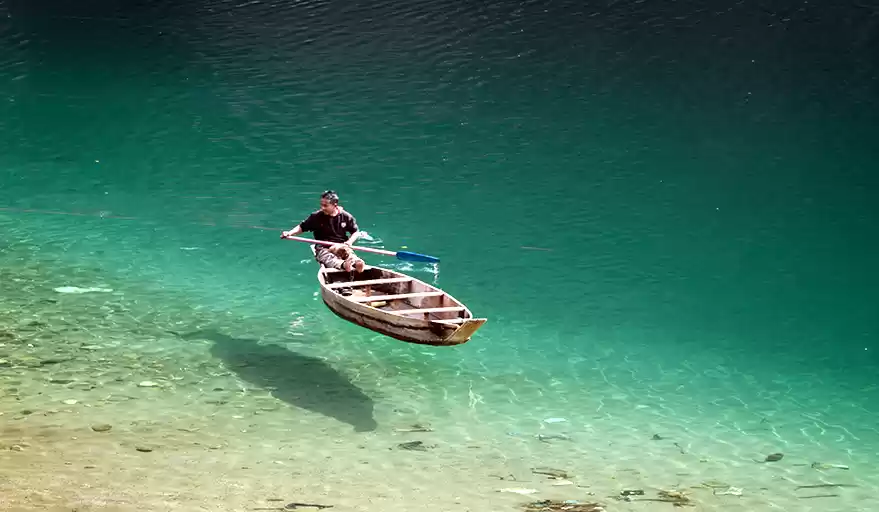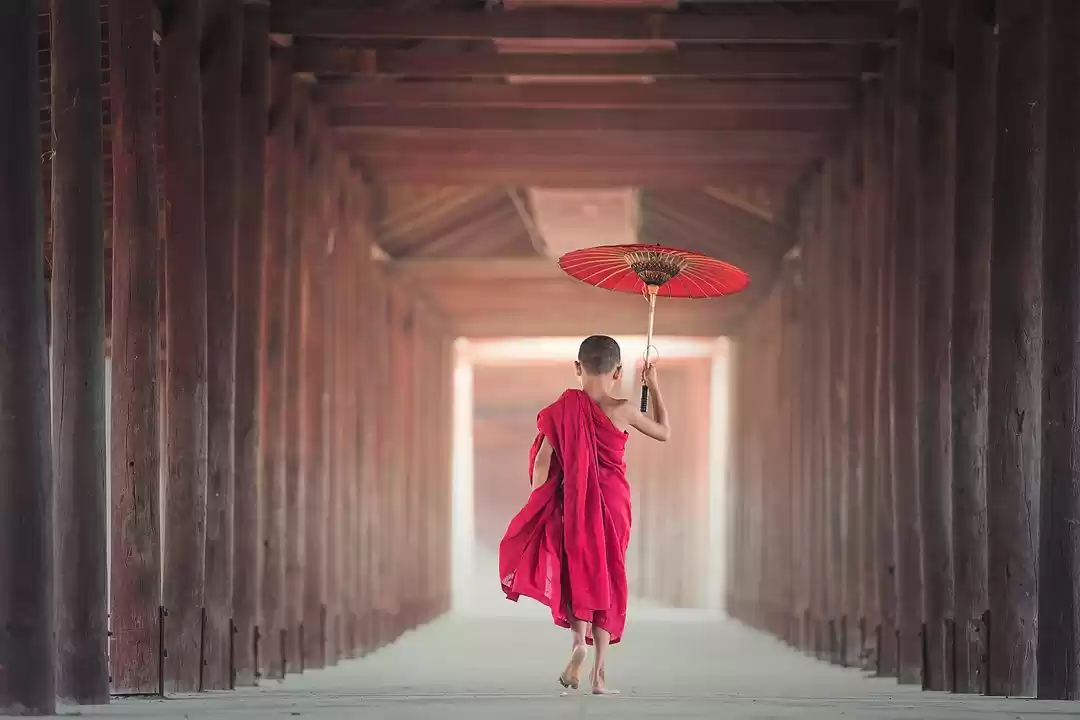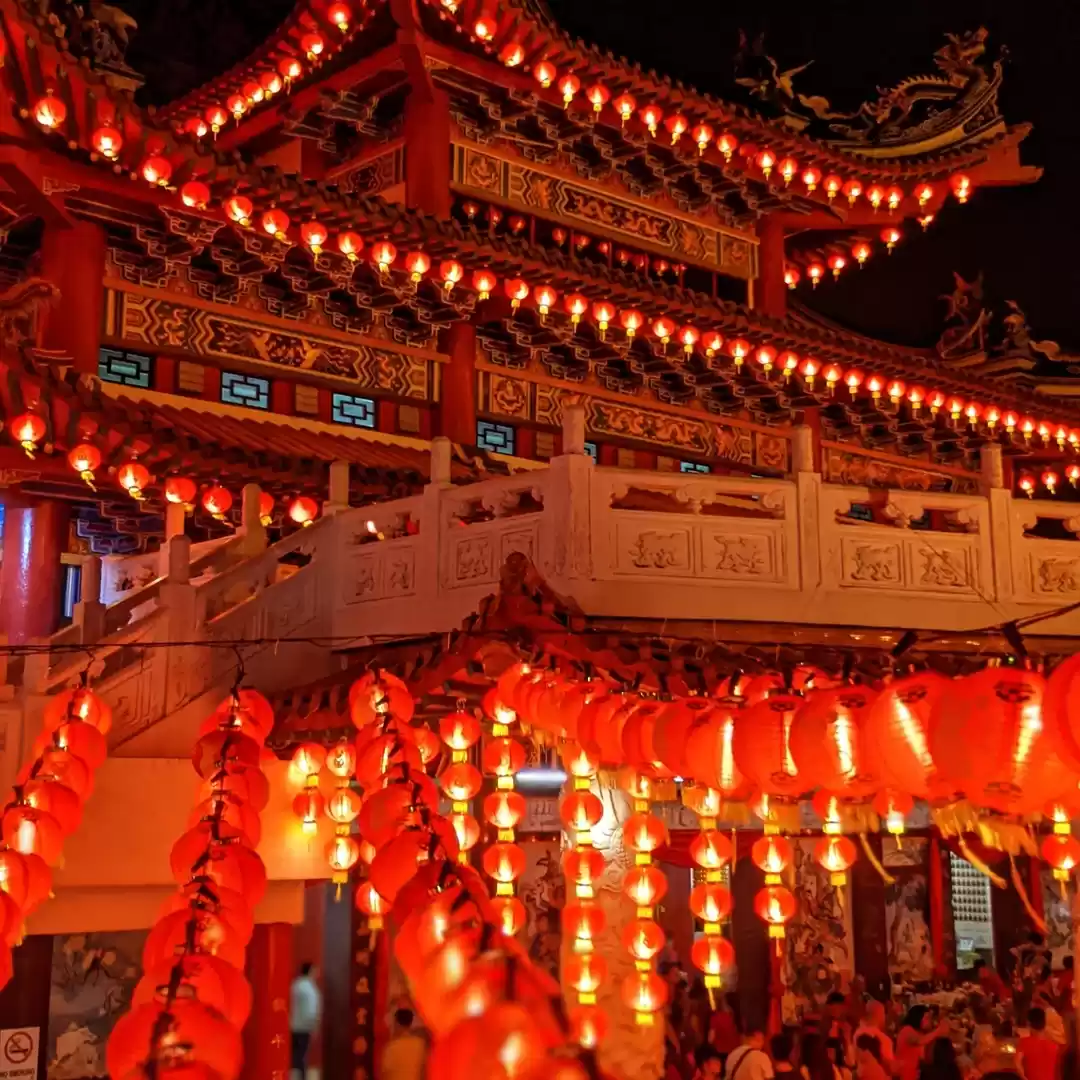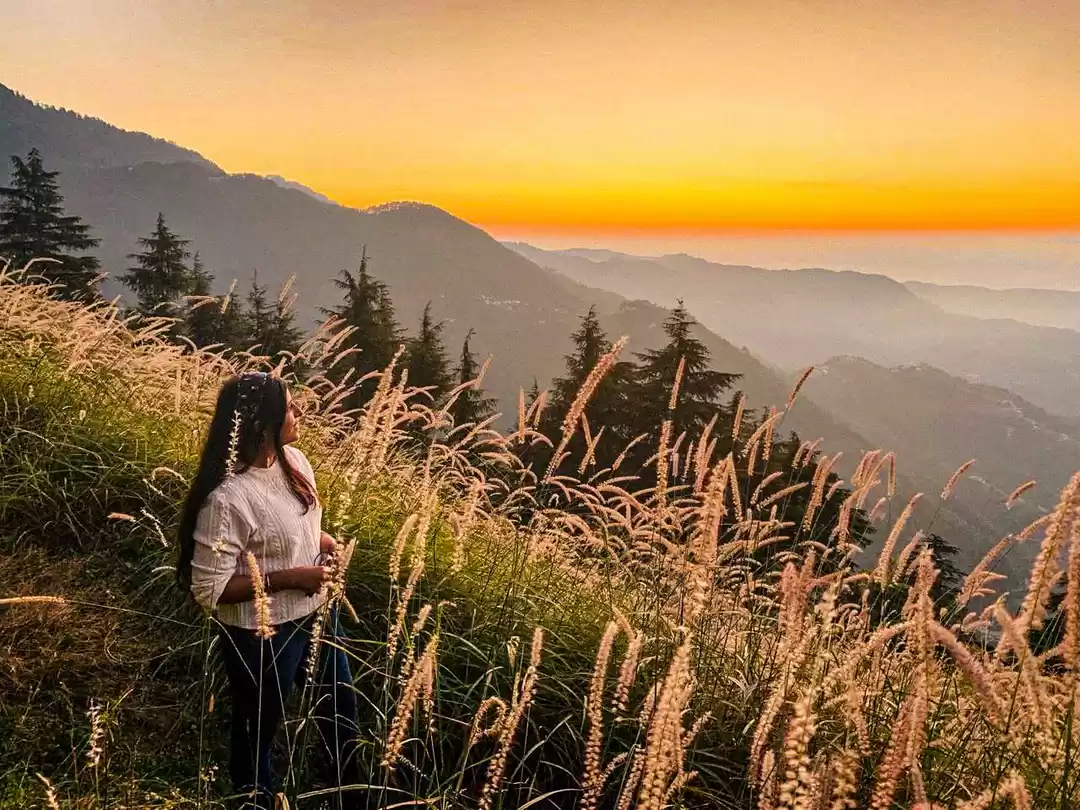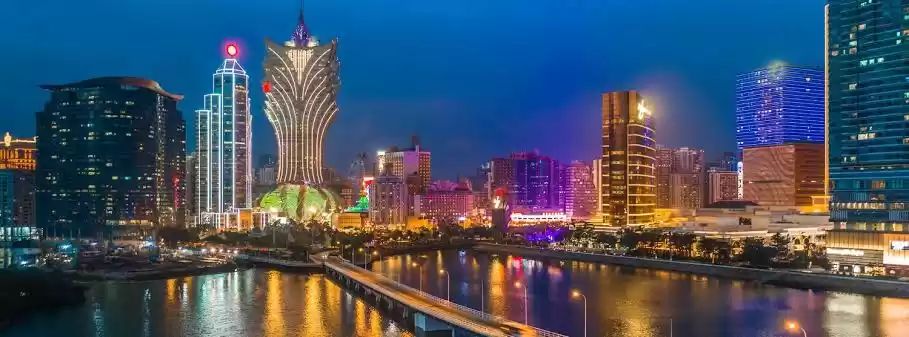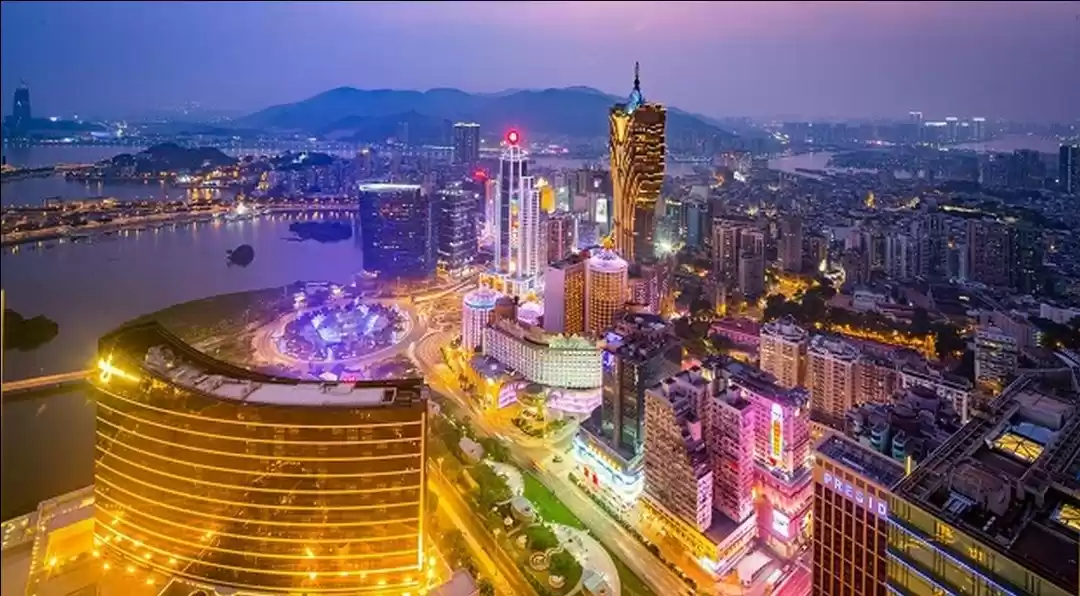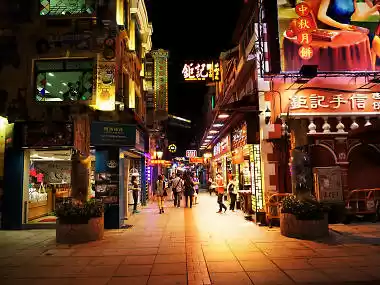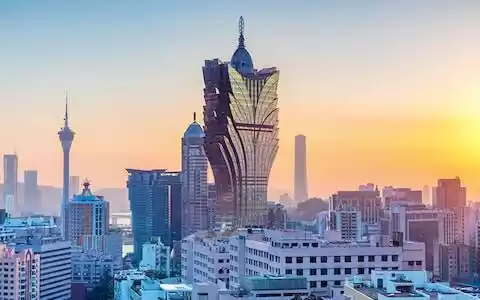Macau (also known as Macao) is one of the most fascinating destinations in Asia with its old-world Sino-European architecture and culture existing side by side with the modern and lavish lifestyle - the result of its casinos and tourist industry. The location and function of the island has definitely facilitated many important cultural exchanges between the east and west in the field of the arts, science and trade. Known by many as the Asia’s gaming capital with its many casinos, Macau is also a UNESCO World Heritage Site with more than 20 important and well-preserved historical locations. Among the most noticeable attractions are the ruins of St. Paul's Church and Largo do Senado (Senate Square) which are known as the heart of old Macau.
• Macao historic centre
The Historic Centre of Macau is a great example of how Europe can successfully blend with Asia as in Macau Europeans and Asians have lived and traded with each other in harmony for a long time and still do so today. Macau was a Portuguese settlement and a stronghold of Christianity in Asia from the mid-16th century as well as displaying Chinese influences through a number of its buildings and gardens. All are connected or linked along the island’s narrow streets, old mosaic pathways and squares and walking round, discovering architectural and cultural gems makes up a lot of the island's appeal to visitors.
• Venetian Macao Casino
This is currently the biggest casino in the world with a vast selection of 800 gambling tables and a couple of thousand slot machines from four differently themed gaming sections (total area well over 550,000 square feet!). The $2.3 billion project has 3,000 luxury hotel suites, more than one million square feet of retail space, huge event venues (large enough to hold 90 Boeing 747 jumbo jets) and entertainment. In short, it is the biggest building in Asia. In the first 24 hours of it operating the Venetian drew in 114,000 people and daily visitation recoreds show that between an amazing 50,000 - 80,000+ people visit.
• Guia Hill Guia Fort and Lighthouse
overlooks Macau from the summit of Guia Hill. The fort was built in 1865 and was the chief observation post during colonial times, designed to defend the city. It is well preserved and contains barracks, a water cistern, an ammunition cache, a chapel dedicated to Our Lady of Guia as well as the commander's house and storage area. It's worth taking the cable car (the smallest in the world) up here because of the great views over the city and sea and also because of the enjoyable hiking along the trails that lead away from the fort into the surrounding hills.
• Nam Van Lake Cybernetic Fountain Show
The Cybernetic Fountain is the largest manmade fountain in Asia. Through its 86 water spouts, the main cannon shoots a spray of water 80 metres high. The Cybernetic Fountain also sports a laser show and the sight of 288 coloured spotlights shining through falling water is certainly impressive. The laser show is free to the public but make sure you check the schedule to go to see it at the right night.
• Taipa Village
Taipa village is a small and peaceful community with narrow streets, markets and great Macanese food. Portuguese-style offices, ancient temples and colonial villas blend effortlessly amongst old-fashioned street lamps, hanging flower baskets and street vendors. Food Street which is also known as the Rua da Cunhna, draws many people over to the south of the island, eager to savour the true taste of Macau. Of course, there are several casinos (ubiquitous to Macau) and the Macau Jockey Club where you can watch races in air-conditioned comfort, but local charm wins out here. You'll also find the ruin of Sao Paulo Church here - a single standing facade with no church behind it; unusual to say the least.
• Fisherman's Wharf
Fisherman’s Wharf is a large (111,500sqm) theme park, with various port 'towns' - among them New Orleans, Amsterdam, Lisbon and Cape Town. The area, within walking distance of the ferry terminal, features shops, restaurants, nightlife, an amusement park and amphitheater. The vast assortment of shops at Fisherman’s Wharf rivals any of the world's shopping capitals. The first large-scale addition to Macau’s shopping scene beyond the casinos, it features over 150 stores and making your way around them all can take some time. Once a peaceful fishing community Fisherman's Wharf nowadays is anything but, and is on the list of worldwide one-stop entertainment destinations. Read More... 7 Macau Tower The tallest building in Macau is an impressive structure that stands tall as a mark of Macau’s willingness to embrace the modern age. From the highest viewing deck it is possible to see 55km away.If you have the courage to face it then have a go at jumping off the world's highest bungee jump - you'll reach up to 200kmph before eventually landing in a specially designed airbag. Besides the view there's lots of fun to be had such as movies, shopping and theatre. Macau Tower draws visitors for both its internal and external qualities, whether inside enjoying the various realms of entertainment or outside enjoying the contemporary architecture, it is definitely one of Macau’s ‘must-do’s’.
• Sun Yat-Sen Memorial House
Sun Yat Sen Memorial House is in mock-Moorish style with wide verandahs and spacious courtyards. Dr. Sun was the first Chinese to practice western medicine in Macau and has been called the 'Father of Modern China'. The House itself is a three-storey high building with ornate verandahs and spacious courtyards and is typical of its epoch. The House is currently open to the public and it showcases his letters, photos, books, personal belongings and old newspapers accounts of his life and the Chinese republican revolution which finally overthrew the regime of the Qing Dynasty in 1911
•Macau Maritime Museum
One of the most important of the island's many museums, it tells the story of how Macau has constantly been connected to the sea, which consequently led to its colonisation by the Portuguese and its subsequent rich history. The Maritime Museum is just beside the sea and the A-Ma Temple. Situated in Barra Pagoda Square, it was inaugurated in 1987, and housed in an old mansion, the exhibits were rehoused in a more modern, purpose-built building in 1990 in order to house fresh exhibits. Exhits focus on Portuguese and Chinese maritime themes with videos, models and actual parts of vessels as well as archaeological discoveries which were unearthed in 1993 during reclamation work for Macau Airport.
• A-Ma Temple
The most famous and oldest (built in 1488) of Macau’s Chinese temples, this Taoist building was around before the Portuguese colonisation and therefore has a huge historical significance to the island and its initial religious standing prior to the western colonisation. The goddess A-Ma is also where Macau gets its name from. The temple is made up of six main parts, all containing architectural treasures and guarded by stone lions. The temple commemorates the goddess Mazu, who is said to bless the Macau fishermen and is a fascinating insight into local culture and beliefs with classical curling joss sticks and poems engraved into the side of the adjacent cliff.


